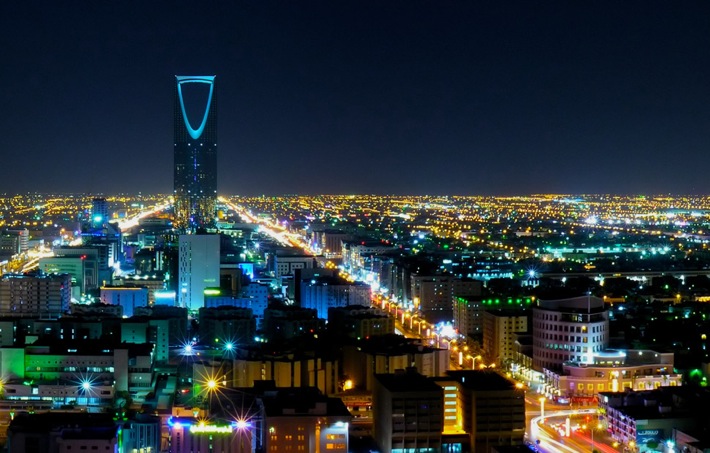 A last-minute decision to see Saudi Arabia rewarded my travel style of not planning everything. There’s nothing wrong with following a map, but how can you be surprised and discover something new if that’s all you’re doing?
A last-minute decision to see Saudi Arabia rewarded my travel style of not planning everything. There’s nothing wrong with following a map, but how can you be surprised and discover something new if that’s all you’re doing?
Riyadh is a mix of ancient and modern, much like capitals worldwide. On the outskirts is Diriyah, for example, and in the center of town the Masmak fort, made of mud-brick-clay towers with stone walls, now serving as monuments and museum. Then there’s Burj Al Mamlaka, which looks like a gigantic albeit chameleon-like vegetable peeler; Burj Al Faisaliyah, a giant ball-point pen; and the Ministry of Interior building, an upside-down pyramid.
Madain Saleh or Al-Hijr is Saudi Arabia’s Petra, a stone-carved city and kingdom built by Nabateans. Crowned the best of this country’s 4,000 archaeological sites, it’s easy to understand why.

On the coast is Jeddah, which I found to be lively, eclectic and chock-full of contrasts. The tallest fountain in the world is in one of the most parched places; everyday people with camels or rusted bikes travel alongside elite in luxury cars; the city is subject to dust storms but also floods; public spaces are clean and organized, but you can still be attacked by a pack of monkeys. Curious.


Comments are closed.